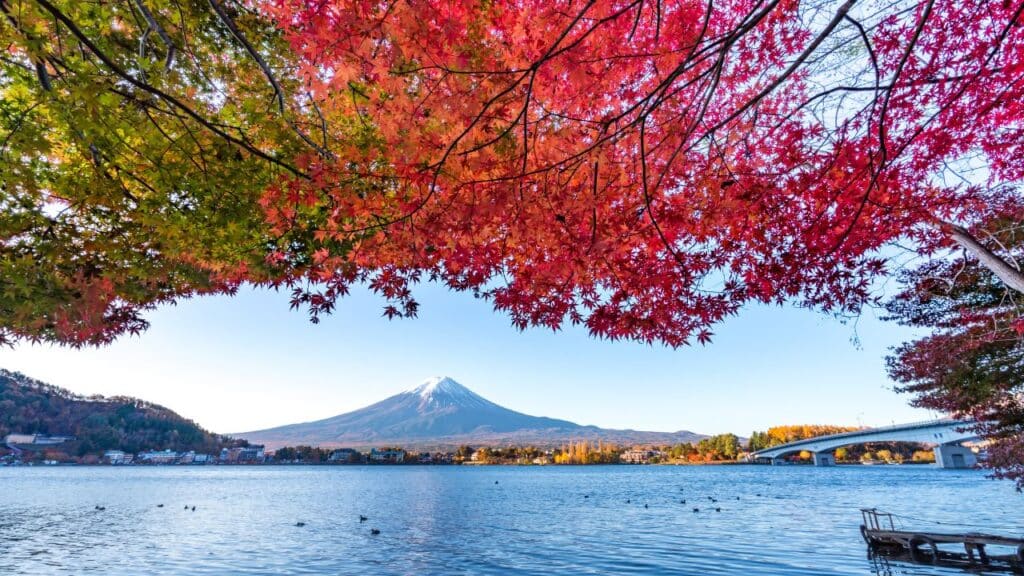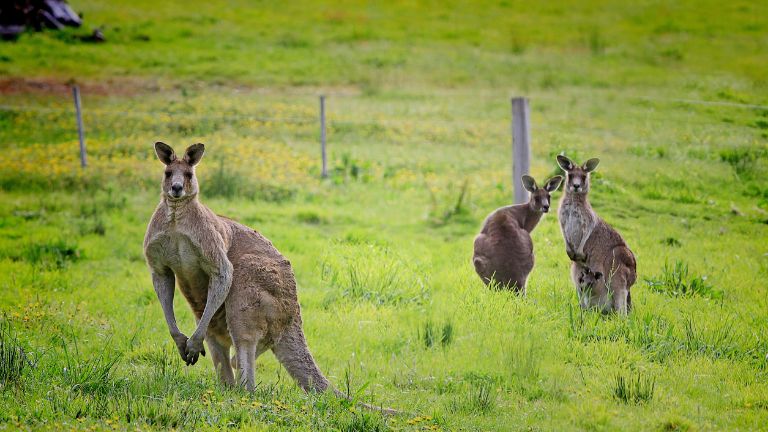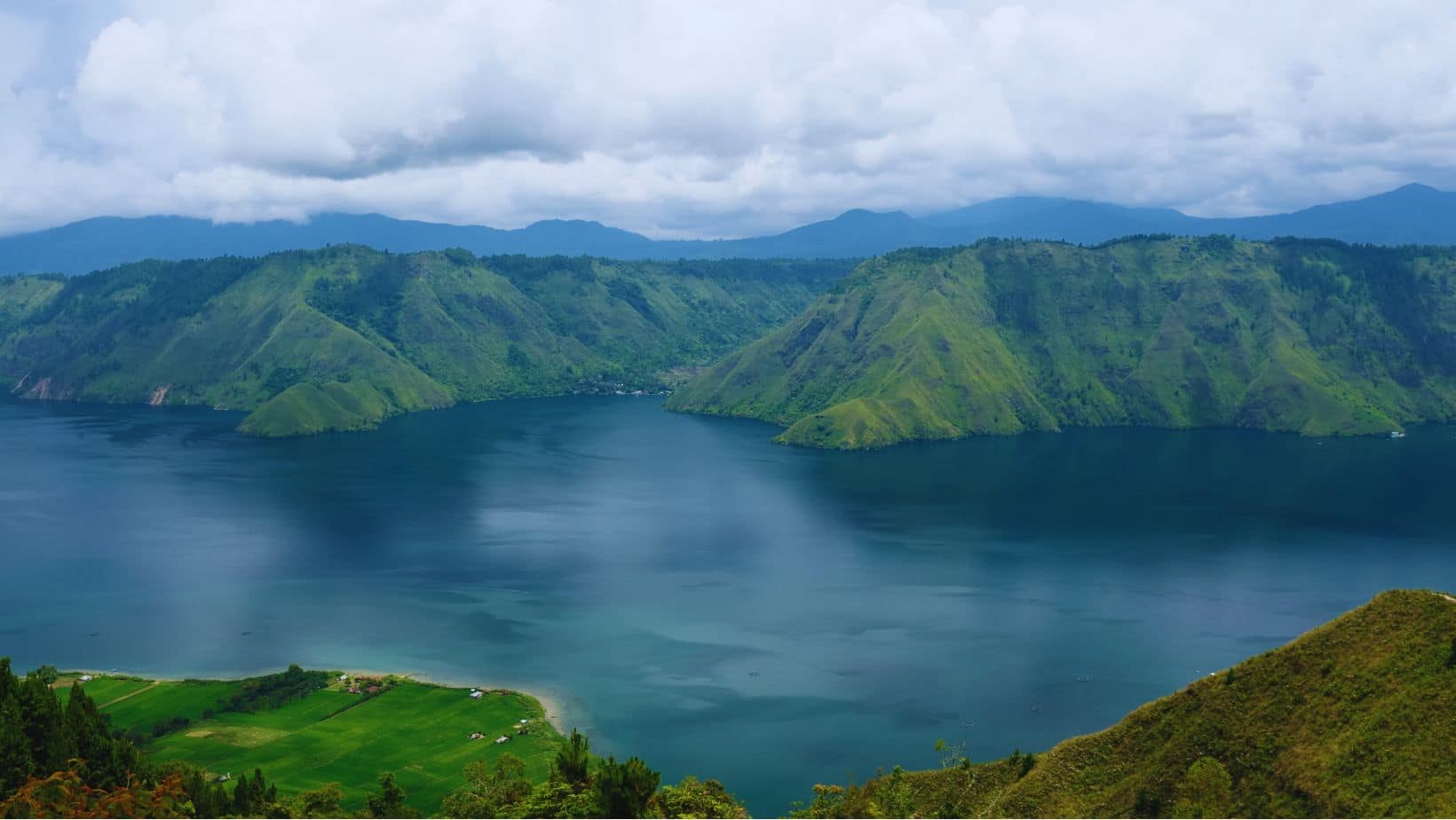Mount Fuji: Japan’s Majestic Natural Landmark
Mount Fuji, known as “Fuji-san” in Japanese, is more than just the highest mountain in Japan—it’s a cultural icon, a subject of art, and a pilgrimage site with deep spiritual significance. Rising to 3,776 meters (12,389 feet), it is located on Honshu Island, near the Pacific coast of central Japan. Its almost perfectly symmetrical cone, often capped with snow, has become a globally recognized symbol of Japan.

Geological Formation and History
Mount Fuji is an active stratovolcano, part of the Pacific Ring of Fire, formed over several volcanic layers. The current shape is attributed to an eruption in the 1700s. Despite being classified as active, the last eruption was the Hōei Eruption in 1707-1708.
Cultural and Spiritual Significance
Fuji-san holds immense cultural and spiritual significance in Japan. It has been a pilgrimage site for centuries and is often associated with immortality and good fortune. The mountain is also a muse for artists and poets, inspiring countless works, including the famous woodblock prints by Katsushika Hokusai.
Climbing Mount Fuji
Climbing Mount Fuji is a popular activity, with over 300,000 people attempting the ascent each year. The official climbing season is July and August, when weather conditions are most favorable. There are four major routes to the summit, each with rest stations where climbers can rest and purchase food and supplies.
Environmental Concerns and Conservation
Mount Fuji is a UNESCO World Heritage Site, recognized both for its natural beauty and cultural impact. However, the mountain faces environmental challenges, including littering and erosion caused by the high number of climbers. Efforts are ongoing to preserve the natural beauty and ecological integrity of this iconic mountain.
Conclusion
Mount Fuji isn’t just a mountain; it’s a testament to Japan’s deep connection with nature, art, and spirituality. Whether viewed from a distance, depicted in art, or climbed by those seeking a spiritual journey, Fuji-san remains a profound symbol of Japan’s cultural and natural heritage.








